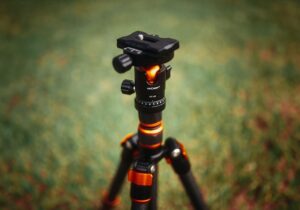
Top Travel Photography Lenses of 2024 for All Cameras
This guide will help determine the best lens to use for travel photographs depending on your camera.
You can enhance your travel storytelling by choosing the right lens. This will allow you to capture and express each destination’s essence.
The choices are endless. From prime wide-angle lenses to capture sweeping landscapes, to zoom lenses that offer dynamic versatility.
Let us guide you through the best options.
There are several important factors to consider when selecting the best travel lens:
- Versatility A travel lens should be versatile. A lens that is versatile will be able to handle a variety of situations from detailed street scenes to rolling landscapes. Ideal is a zoom lens that offers both wide-angle views and moderately telephoto ones.
- Size & Weight: Traveling involves a lot of movement, often in cramped quarters. The size and weight are important. Compact and lightweight lenses will make it easier to carry around on long hikes or days of sightseeing.
- Aperture Wide aperture zoom lenses like f/2.8 work well in low light conditions and create a shallow depth-of-field. However, they are often heavier and costlier. A lens with an f/4 aperture is a great compromise. It’s lighter, smaller, less expensive, but still works well in different lighting conditions.
- Zoom or Prime? A zoom lens offers more versatility, but is heavier and smaller. A combination of a small prime lens, such as a nifty fifty, and a zoom would work well in a travel bag.
- Image stabilization: The feature is essential for travel photographers who shoot in low-light conditions or with slower shutter speeds. It reduces blurriness due to camera shake and ensures sharper images.
- Durability : Travel lenses should be durable to withstand various environments. If you intend to use your lens in different outdoor conditions, look for lenses that are weather-sealed.
- Image quality: High-quality images are a top priority. You should look for lenses with sharp, clear images across the entire range of their focal lengths and apertures.
















